Crafting a Practical Project Plan for Integrating Content Personalization
In an age where marketing teams are under pressure to deliver relevance at scale, content personalization tools have become not just helpful—but essential. The right integration can turn a generic campaign into a resonant experience, nudging engagement metrics in the right direction without sacrificing efficiency. Yet the road to implementation is littered with false starts, siloed data, and overwhelmed teams. Building a thoughtful project plan from the start can mean the difference between another expensive SaaS subscription and a tool that actively shapes the way your audience connects with your brand.
Start by Defining a Use Case, Not a Feature Wishlist
Too often, the planning process begins with an eager tour through vendor demos. A better place to begin is with a defined marketing objective that personalization will serve. Whether it's improving onboarding email conversions or tailoring on-site product recommendations, the tool should be a means to a measurable end. Once the use case is clear, everything—from tool selection to data sync strategies—can be shaped to serve that purpose without bloating the stack or overwhelming the team.
Audit the Stack You Already Have—Closely
Before adding anything new, a cold-eyed look at existing capabilities is overdue. Many CRMs, CMSs, and email platforms already offer personalization modules that go underused or misconfigured. In other cases, new tools promise features that overlap with current software, which risks both redundancy and chaos. Understanding what the stack is already doing—and what it’s falling short on—makes room for smarter choices, tighter integrations, and fewer budget surprises later on.
Leaning Into Visual Tools That Learn With You
Learning to work with AI-powered design platforms opens up a smarter way to tailor visuals for specific customer groups. Instead of starting from scratch each time, these tools allow you to feed in audience data—like preferences, behavior, or purchase history—and generate graphics that align with what those people are most likely to engage with. The result is marketing creative that feels intentional rather than generic, without the burden of constant manual tweaks. For a deeper look at how these platforms simplify the design process and create polished, professional visuals with minimal effort, take a look here.
Involve the People Who Will Actually Use It
It’s tempting to keep planning locked in a strategic bubble, but skipping operational voices is a rookie mistake. Content strategists, email marketers, analytics specialists—they’ll all engage with the tool directly. They’re also likely to flag workflow conflicts or missing data points long before procurement ever could. Including them in early discussions and vendor evaluations ensures that the solution can be adopted realistically, not just theoretically.
Map the Data Dependencies Early
Personalization runs on data, but not just any data. It needs to be reliable, timely, and well-structured enough to power dynamic content across platforms. Identifying where this data currently lives—be it a customer data platform, a product catalog, or a behavioral analytics tool—is non-negotiable. From there, the team can chart how it will flow into the personalization engine, flag potential integration gaps, and work with IT or data engineers before they become bottlenecks.
Build a Phased Rollout, Not a Big Bang
While it's tempting to launch personalization across every channel at once, phased rollouts are far more forgiving—and informative. Starting with a single channel, like email, or a single segment, like returning visitors, gives the team space to test assumptions, fix errors, and get comfortable with content rules and fallback logic. Each phase becomes a feedback loop for the next, creating a more stable and scalable deployment over time. Plus, early wins can help drive buy-in from stakeholders still on the fence.
Measure What Changes—And What Doesn’t
Implementation isn’t the finish line. Once the personalization tool is live, its impact needs to be measured with the same rigor as any other marketing effort. Are bounce rates down on tailored landing pages? Are product recommendations actually lifting cart sizes? At the same time, it’s worth monitoring what hasn’t changed. If KPIs remain flat, or if the team stops using the tool after initial enthusiasm, those are red flags worth investigating. A good plan accounts for ongoing optimization, not just initial setup.
Integrating a personalization tool isn't just a tech project—it’s an invitation to rethink how a brand speaks to its audience. When the project plan balances ambition with operational realities, and when stakeholders from every side of the funnel have a seat at the table, integration becomes more than just successful—it becomes sustainable. Marketing teams that treat personalization not as a magic bullet but as an evolving capability are far better equipped to keep their messaging relevant, human, and ultimately more effective.
Discover the community and unique businesses of Coolidge by visiting the Coolidge Chamber of Commerce and see how we can help your business thrive!
Museums & entertainment spots
Restaurants & Bars
Schools
Contact the Chamber
Address
351 N. Arizona Blvd., Coolidge Arizona 85128


